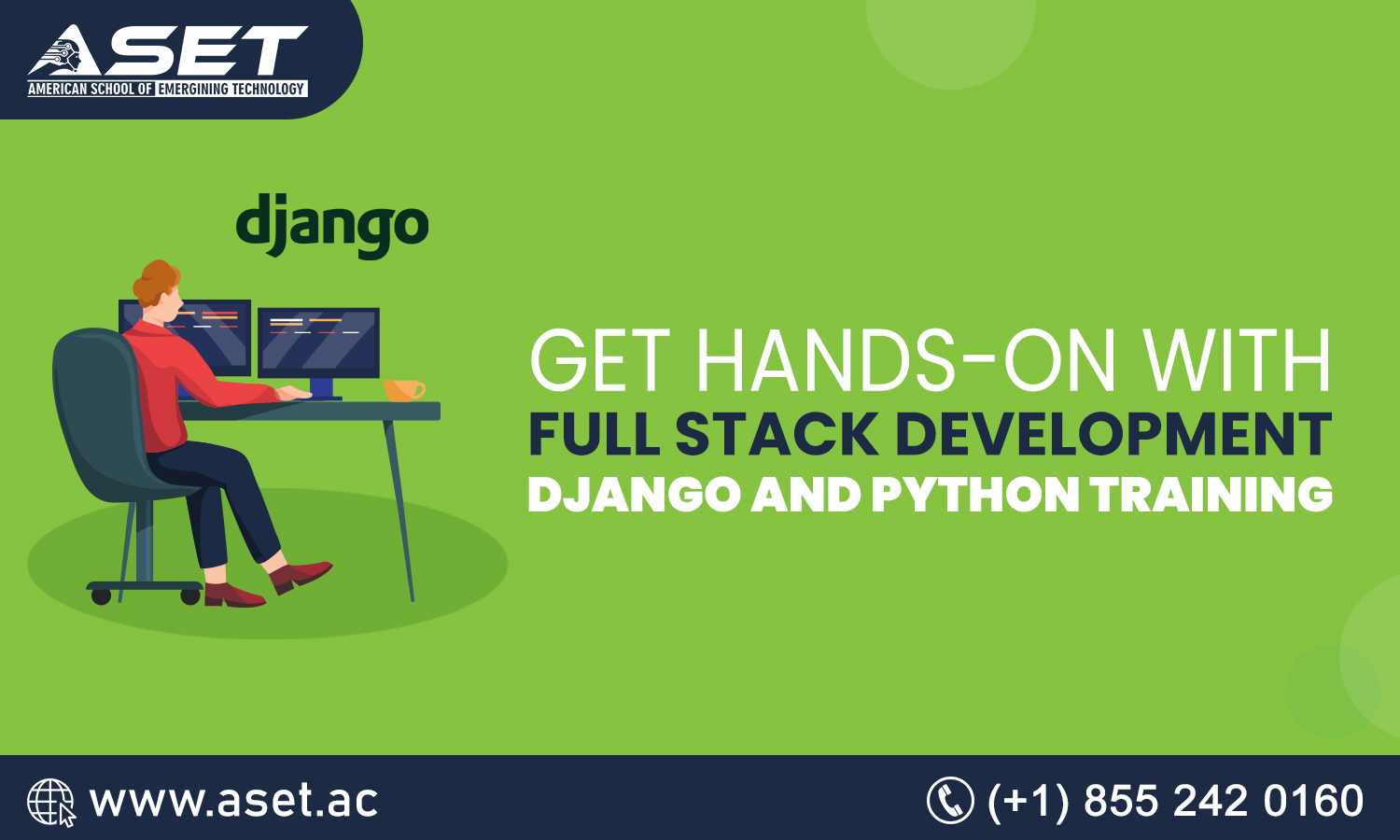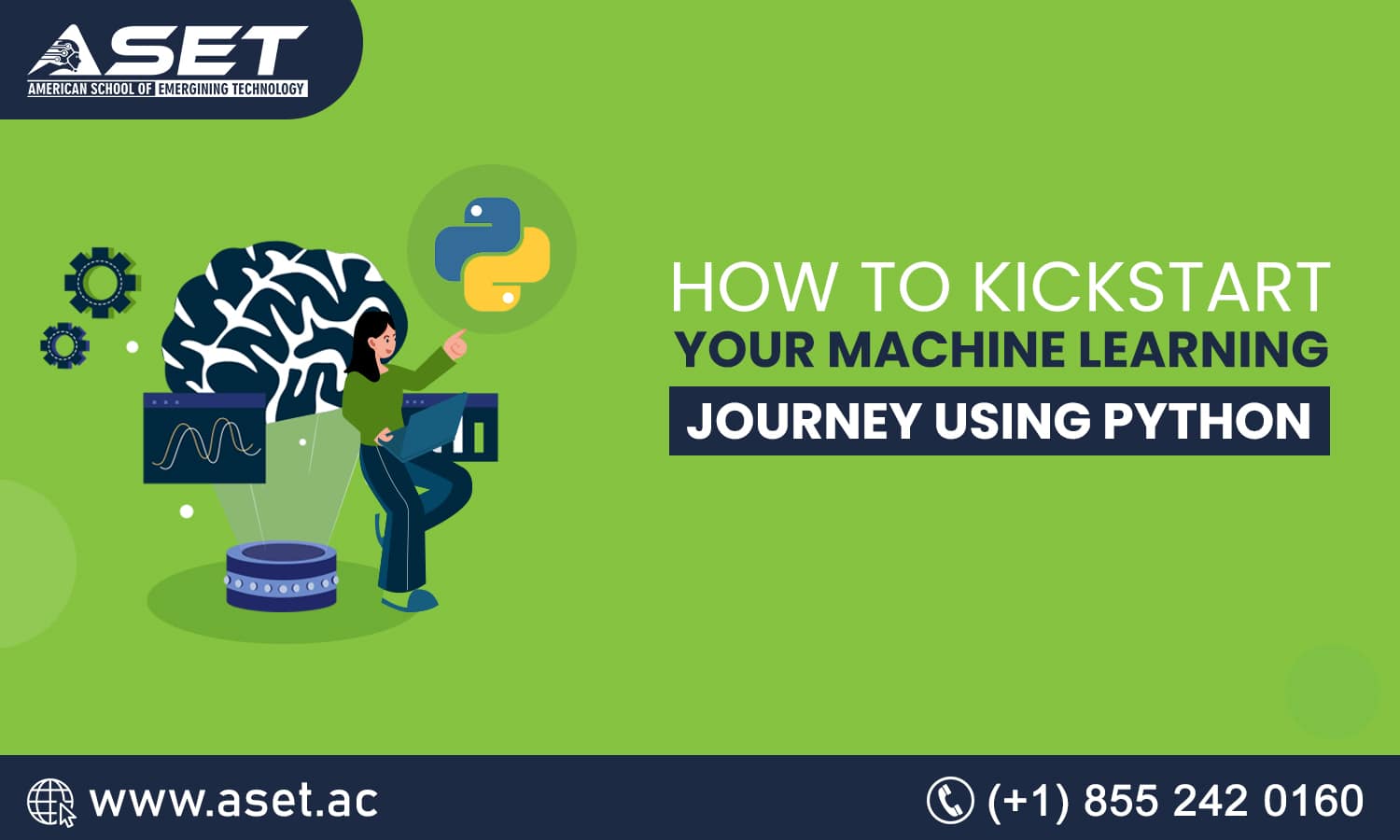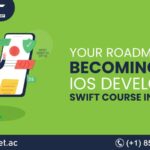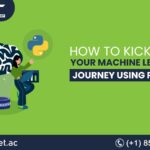In today’s digital landscape, the ability to build and maintain web applications is more than just a technical skil l- it’s a core part of many industries and businesses. Whether it’s a portfolio website, an e-commerce platform, or a dashboard for internal tools, web applications power the digital experiences we use daily. One effective way to dive into this world is by learning full-stack development using Django and Python.
Django, a high-level web framework built on Python, offers developers a clean and efficient structure for building scalable web applications. When combined with solid front-end development skills, it becomes a complete toolset for creating both the user-facing and server-side components of modern web projects.
Understanding Full Stack Development
Full-stack development refers to the combination of front-end and back-end skills required to create a complete web application. The front end includes the visual and interactive parts of a site, typically created using HTML, CSS, and JavaScript. The back end manages data, application logic, and server communication, often using languages like Python, frameworks like Django, and databases like PostgreSQL or MySQL.
Working across the full stack means understanding how these layers interact, from capturing user input on the front end to processing it securely on the server and storing it in a database.
Why Django with Python?
Python is known for its simplicity, readability, and wide range of libraries, making it an excellent language for beginners and professionals alike. Django takes that simplicity and applies it to web development. It follows the “batteries included” philosophy, which means it comes with many built-in tools and features that reduce the need to reinvent the wheel.
Features like user authentication, admin panels, and URL routing come pre-integrated, allowing developers to focus more on building unique features rather than handling repetitive infrastructure tasks. This makes Django especially useful for those looking to build real-world projects quickly and efficiently.
A Practical Approach to Learning
One of the most effective ways to learn full stack development is through practical, hands-on experience. Instead of just reading about concepts, actively building projects and writing code helps reinforce understanding and builds problem-solving skills.
A good Django and Python training programme introduces core concepts step by step – beginning with Python fundamentals and moving through front-end development techniques, back-end logic, and database integration. Along the way, learners typically build sample applications like blogs, task managers, or e-commerce systems. These projects not only reinforce theory but also result in a portfolio that can be shared with potential employers or clients.
Front-End Foundations
Before diving deep into Django, a solid grasp of front-end development is essential. Knowing how to structure pages with HTML, style them with CSS, and add interactivity with JavaScript forms the base of any web interface. Responsive design is another crucial aspect, ensuring that applications work well across various screen sizes and devices.
These skills lay the groundwork for connecting front-end interfaces with Django views and templates. In Django, HTML templates can dynamically display data retrieved from the back end, creating a seamless user experience.
Building Back-End Logic with Django
Once the front-end basics are in place, the training typically shifts focus to Django’s back-end capabilities. Here, learners begin to understand how to handle data, manage user inputs, and structure applications in a modular way using Django’s Model-View-Template (MVT) architecture.
Working with Django models allows developers to define the structure of the data they need. These models are then connected to a database, where records are stored and retrieved. Views handle the logic, such as what to display based on user actions, and templates render that data in a user-friendly format.
Adding Real-World Features
As learners progress, more advanced topics come into play. These might include user authentication, allowing users to register and log in, or file uploads for profile images and documents. Django also supports form handling, validation, and message flashing — key elements for building user-friendly applications.
Beyond these features, the training may cover version control (like Git), testing, and basic deployment practices, helping learners understand the lifecycle of a web project from development to release.
The Role of Projects
Perhaps the most rewarding part of hands-on full-stack training is the creation of complete projects. These serve not only as learning milestones but also as demonstrations of ability. Each project presents its own challenges, whether it’s structuring an application, fixing bugs, or making design choices – all of which contribute to real-world problem-solving skills.
Final Thoughts
Full-stack development using Django and Python offers a well-rounded path into web development. It covers the entire spectrum of skills needed to design, build, and deploy modern web applications. More importantly, it encourages a mindset of exploration, experimentation, and continuous learning.
Whether someone is just starting their development journey or looking to expand into back-end logic after working on UI elements, Django with Python provides a practical and intuitive approach to full-stack development. By focusing on real-world applications and hands-on practice, learners can gain both the confidence and the skills needed to build meaningful web solutions.







